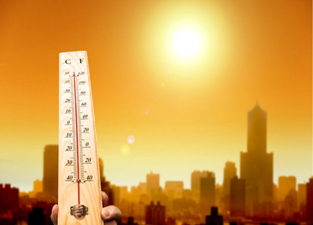
The physiological condition, following heat exhaustion, caused by prolonged exposure to high temperatures, in which people experience extreme thirst, nausea or vomiting, muscle cramps, headaches, hot dry skin, physical exhaustion, high fever, fast deterioration in the level of response, physical collapse and coma. in the raise of body temperature to 104°F (40°C). Exertional Heat Stroke (EHS) normally happen in occupational workers (outdoor laborers), athletes, military personnel, elderly and very young people, people from particular geographical region of origin, people belong to different race or ethnicity, different sex, and people who are fasting due to religious and cultural traditions.

The incidence of Non-extertional Heat Stroke (NEHS) is influenced by a multitude of factors, including pre-existing illness ( diabetes, mental illness, neurological diseases, cardio vascular diseases, respiratory diseases, hypertension, renal diseases, obesity and other chronic diseases), drug use (e.g., alcohol, amphetamines, ecstasy, medications), and wearing protective clothing (e.g., uniforms in athletes) that inhibit heat dissipation. Heat stroke claims more lives than the combined effects of hurricanes, lighting, earthquakes, floods and tornadoes.
Health Effects
Heat stroke is a multi- organ system failure due to the combined effects of heat cytotoxicity, coagulopathies and a systemic inflammatory response syndrome. At the time of heat stroke collapse, the severity of hyperthermia varies widely between individuals, with reported core temperature values ranging from 41 to 47°C. Disseminated Intravascular Coagulation (DIC) is a common complication of heat stroke that is initiated following thermal injury to the vascular endothelium and is regarded as an important mechanism of heat stroke morbidity and mortality.
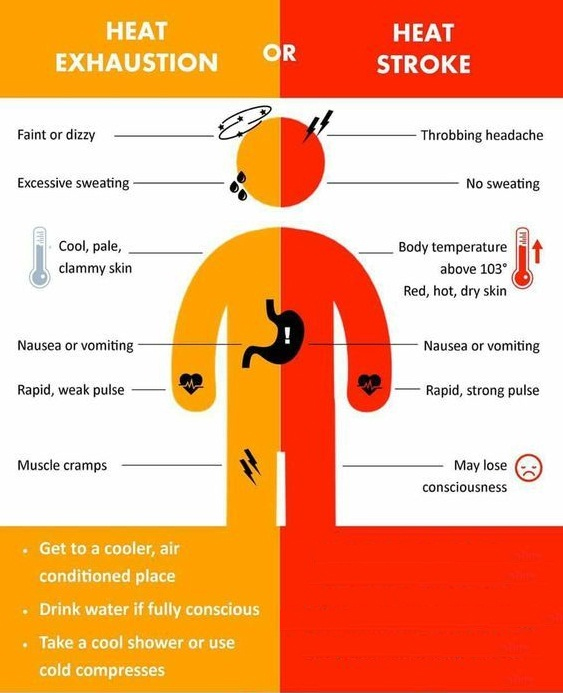
During heat stress, the Central Nervous System (CNS) dysfunction that manifests as mental status changes, including confusion, delirium, combativeness, seizures, or coma at the time of collapse. The peripheral tissue damage associated with heat stress includes acute renal failure, gut ischemia, blood clots within the stomach and small intestine, cytoplasmic protein clumping in the spleen, and a form of skeletal muscle injury known as Rhabdomyolysis (usually detectable by reddish-brown urine). Liver dysfunction or failure may also contribute to increased circulating endotoxin levels due to the important bacterial clearance function.
Heat Stroke Prevention and Control
Heat stroke is currently more preventable than treatable. The preventive measures include acclimatization to the heat, reduction in the duration and extent of physical activity, rescheduling of activities to cooler times of the day, increased consumption of the non-alcoholic fluids, and removing vulnerable populations, such as those with pre-existing viral or bacterial infections, from the heat stress environment. The common practices to deal with heat stroke include; knowing about the signs and symptoms of heat-related illnesses, preventing direct exposure to heat sources, keeping energy level up by eating well nourished foods, which includes plenty of fruit and vegetables, taking a cool shower, bath or sponge bath, removing any tight or dark or unnecessary clothing and applying other cooling measure such as air-conditioning or cooling fans or ice towels.
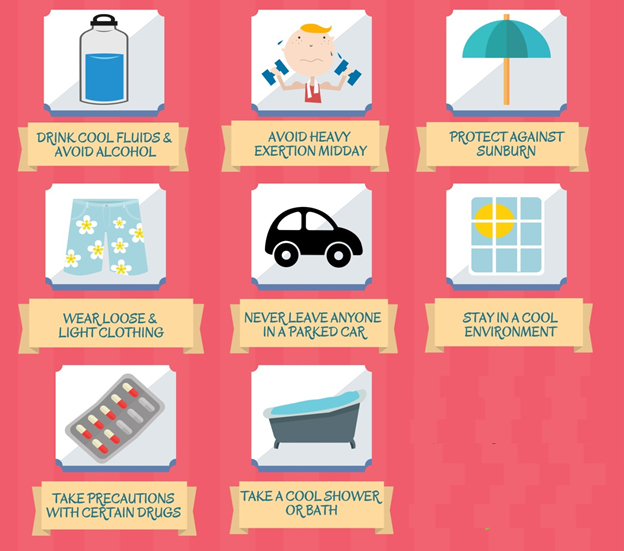
First-Aid and Treatment
Quickly move the diseased to a cool place and remove the outer clothing, call for medical assistance, wrap up in a cold wet sheet and pour cold water over it until their temperature falls to at least 38°C (100.4°F), check breathing and follow standard resuscitation measures, check the pulse and level of response often until the medical assistance arrives.
Be Sun Smart!
Slip! Slop! Slap! Seek! Slide!
Article written by:
Ananth Tamilmaniarasu
HSE Trainer,
Green World Group,
Dubai
For more Details contact:


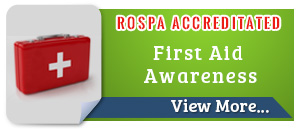
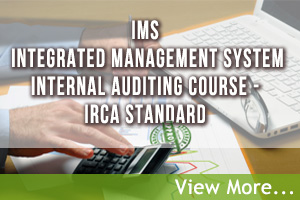

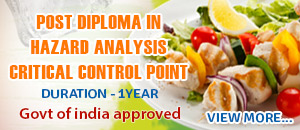
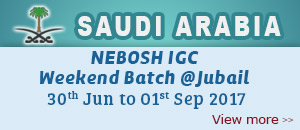
Nice way in putting the basics..good job
Thanks for visiting us..we will update more shortly. kindly visit our website http://greenwgroup.co.in/